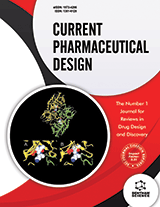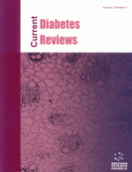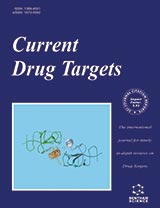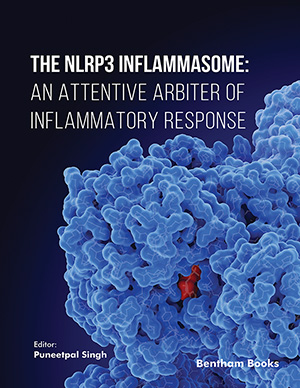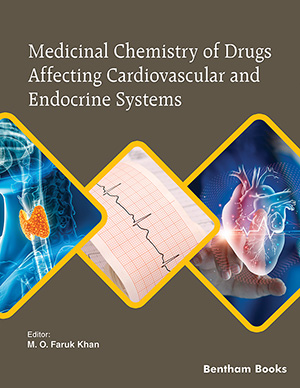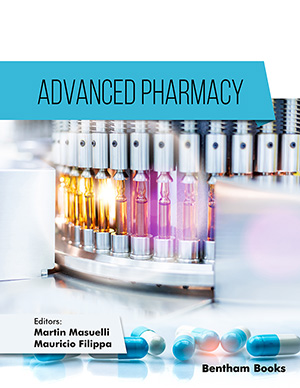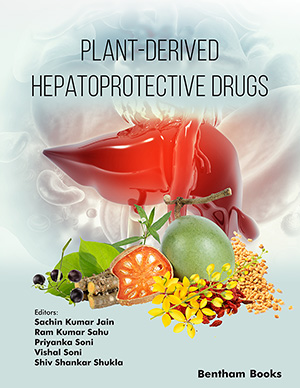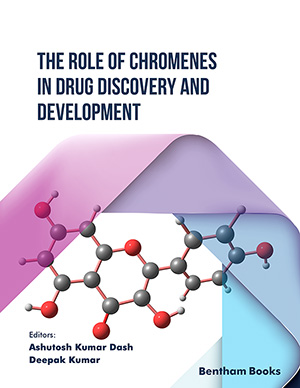Abstract
Chronic pain is usually treated with pharmacological measures using opioids alone or in combination with adjuvant analgesics that play an important role in the treatment of pain not fully responsive to opioids administered alone, especially in neuropathic, bone and visceral colicky pain. The important part of the chronic pain treatment is the appropriate use of non-pharmacological measures along with psychosocial and spiritual support.
Opioids may be administered by different routes; the most common and most convenient for majority of treated patients are oral and transdermal. However, in certain circumstances such as inability to swallow, lack of analgesic efficacy and intractable opioid-induced adverse effects parenteral routes (subcutaneous, intravenous) might be more useful. When these routes fail, in some patients intrathecal administration of opioids is required. Recently, more patients have been treated with short-acting opioids for breakthrough pain with sublingual, buccal and intranasal routes of opioid administration that may provide efficacy superior to oral and comparable to intravenous routes. Alternative routes comprise rectal, inhaled and topical administration of opioids. This article discusses various routes of opioid administration.
Keywords: Analgesics, cancer pain, chronic pain, opioids, opioid delivery, pain treatment, routes of administration.
Current Pharmaceutical Design
Title:Delivery Systems of Opioid Analgesics for Pain Relief: A Review
Volume: 19 Issue: 41
Author(s): Wojciech Leppert, Malgorzata Krajnik and Jerzy Wordliczek
Affiliation:
Keywords: Analgesics, cancer pain, chronic pain, opioids, opioid delivery, pain treatment, routes of administration.
Abstract: Chronic pain is usually treated with pharmacological measures using opioids alone or in combination with adjuvant analgesics that play an important role in the treatment of pain not fully responsive to opioids administered alone, especially in neuropathic, bone and visceral colicky pain. The important part of the chronic pain treatment is the appropriate use of non-pharmacological measures along with psychosocial and spiritual support.
Opioids may be administered by different routes; the most common and most convenient for majority of treated patients are oral and transdermal. However, in certain circumstances such as inability to swallow, lack of analgesic efficacy and intractable opioid-induced adverse effects parenteral routes (subcutaneous, intravenous) might be more useful. When these routes fail, in some patients intrathecal administration of opioids is required. Recently, more patients have been treated with short-acting opioids for breakthrough pain with sublingual, buccal and intranasal routes of opioid administration that may provide efficacy superior to oral and comparable to intravenous routes. Alternative routes comprise rectal, inhaled and topical administration of opioids. This article discusses various routes of opioid administration.
Export Options
About this article
Cite this article as:
Leppert Wojciech, Krajnik Malgorzata and Wordliczek Jerzy, Delivery Systems of Opioid Analgesics for Pain Relief: A Review, Current Pharmaceutical Design 2013; 19 (41) . https://dx.doi.org/10.2174/138161281941131219130127
| DOI https://dx.doi.org/10.2174/138161281941131219130127 |
Print ISSN 1381-6128 |
| Publisher Name Bentham Science Publisher |
Online ISSN 1873-4286 |
Call for Papers in Thematic Issues
"Tuberculosis Prevention, Diagnosis and Drug Discovery"
The Nobel Prize-winning discoveries of Mycobacterium tuberculosis and streptomycin have enabled an appropriate diagnosis and an effective treatment of tuberculosis (TB). Since then, many newer diagnosis methods and drugs have been saving millions of lives. Despite advances in the past, TB is still a leading cause of infectious disease mortality ...read more
Blood-based biomarkers in large-scale screening for neurodegenerative diseases
Disease biomarkers are necessary tools that can be employ in several clinical context of use (COU), ranging from the (early) diagnosis, prognosis, prediction, to monitor of disease state and/or drug efficacy. Regarding neurodegenerative diseases, in particular Alzheimer’s disease (AD), a battery of well-validated biomarkers are available, such as cerebrospinal fluid ...read more
Current Pharmaceutical challenges in the treatment and diagnosis of neurological dysfunctions
Neurological dysfunctions (MND, ALS, MS, PD, AD, HD, ALS, Autism, OCD etc..) present significant challenges in both diagnosis and treatment, often necessitating innovative approaches and therapeutic interventions. This thematic issue aims to explore the current pharmaceutical landscape surrounding neurological disorders, shedding light on the challenges faced by researchers, clinicians, and ...read more
Diabetes mellitus: advances in diagnosis and treatment driving by precision medicine
Diabetes mellitus (DM) is a chronic degenerative metabolic disease with ever increasing prevalence worldwide which is now an epidemic disease affecting 500 million people worldwide. Insufficient insulin secretion from pancreatic β cells unable to maintain blood glucose homeostasis is the main feature of this disease. Multifactorial and complex nature of ...read more
 62
62
- Author Guidelines
- Graphical Abstracts
- Fabricating and Stating False Information
- Research Misconduct
- Post Publication Discussions and Corrections
- Publishing Ethics and Rectitude
- Increase Visibility of Your Article
- Archiving Policies
- Peer Review Workflow
- Order Your Article Before Print
- Promote Your Article
- Manuscript Transfer Facility
- Editorial Policies
- Allegations from Whistleblowers
- Announcements
Related Articles
-
Advances in Synergistic Combinations of Chinese Herbal Medicine for the Treatment of Cancer
Current Cancer Drug Targets How to Target Activated Ras Proteins: Direct Inhibition vs. Induced Mislocalization
Mini-Reviews in Medicinal Chemistry PET Radiopharmaceuticals for Personalized Medicine
Current Drug Targets Recent Patents in Oncolytic Virotherapy
Recent Patents on Biotechnology From Basics of Coordination Chemistry to Understanding Cisplatin-analogue Pt Drugs
Current Pharmaceutical Design Current Genome Editing Tools in Gene Therapy: New Approaches to Treat Cancer
Current Gene Therapy KCa3.1 Channels and Glioblastoma: In Vitro Studies
Current Neuropharmacology Intravoxel Incoherent Motion Diffusion-weighted MRI Assessing the Effect of the Vascular Disrupting Agent CA4P on VX2 Liver Tumors in Rabbits
Current Medical Imaging Coenzyme Q10 in Neuromuscular and Neurodegenerative Disorders
Current Drug Targets Therapeutic Targeting of Cancers with Loss of PTEN Function
Current Drug Targets Emerging Concepts for the Treatment of Hematological Malignancies with Therapeutic Monoclonal Antibodies
Current Drug Targets Research Progress of Axl Inhibitors
Current Topics in Medicinal Chemistry A Novel Approach to Inhibit Heat Shock Response as Anticancer Strategy by Coumarine Compounds Containing Thiazole Skeleton
Anti-Cancer Agents in Medicinal Chemistry Medullary Thyroid Cancer: New Targeted Molecular Therapies
Recent Patents on Endocrine, Metabolic & Immune Drug Discovery (Discontinued) The Immunohistochemical Assessment of HPV Related Adenocarcinoma: Pathologic and Clinical Prognostic Significance
Current Pharmaceutical Design Ceramidases in Hematological Malignancies: Senseless or Neglected Target?
Anti-Cancer Agents in Medicinal Chemistry Therapeutics Interventions with Anti-Inflammatory Creams in Post Radiation Acute Skin Reactions: A Systematic Review of Most Important Clinical Trials
Recent Patents on Inflammation & Allergy Drug Discovery FDG-PET/CT Imaging of Infected Bones and Prosthetic Joints
Current Molecular Imaging (Discontinued) Potential Therapeutic Targets of Curcumin, Most Abundant Active Compound of Turmeric Spice: Role in the Management of Various Types of Cancer
Recent Patents on Anti-Cancer Drug Discovery Curcumin: the Yellow Molecule with Pleiotropic Biological Effects
Letters in Drug Design & Discovery


